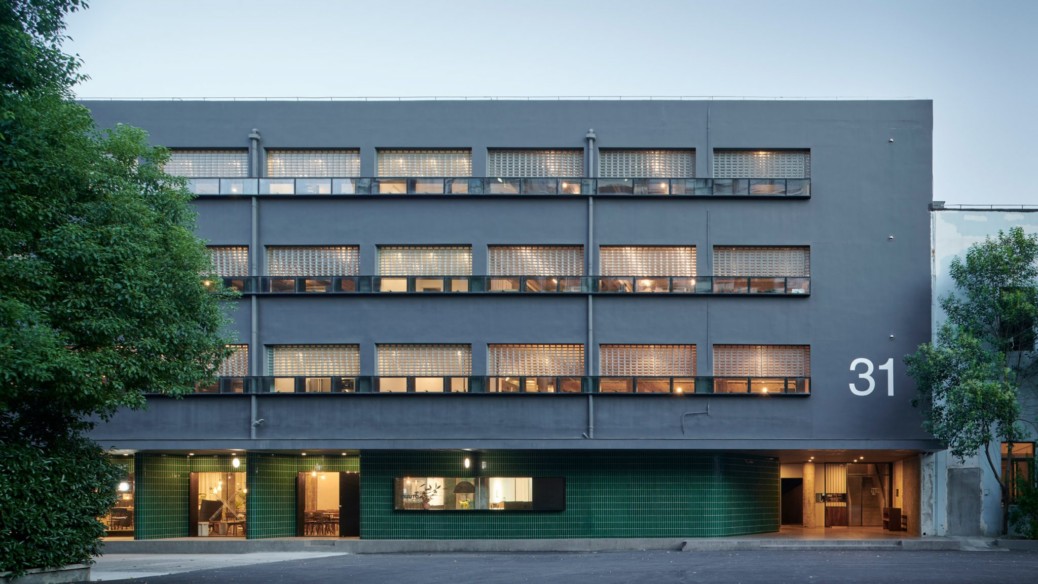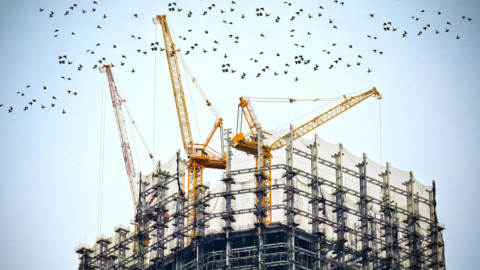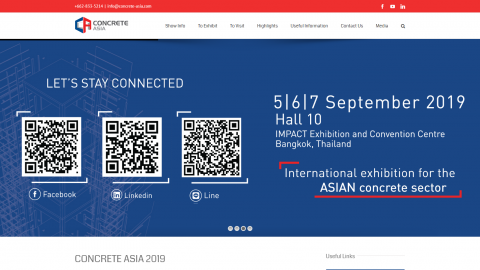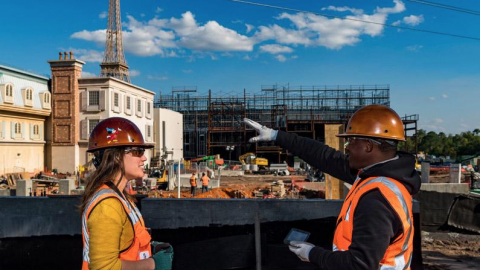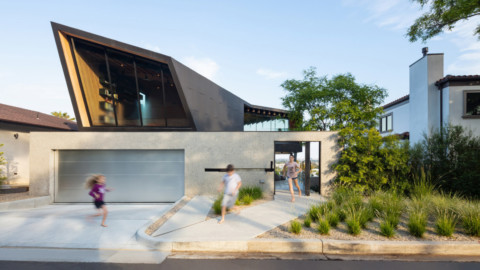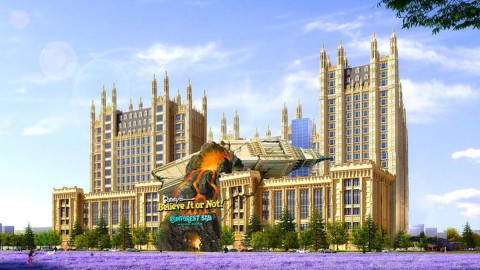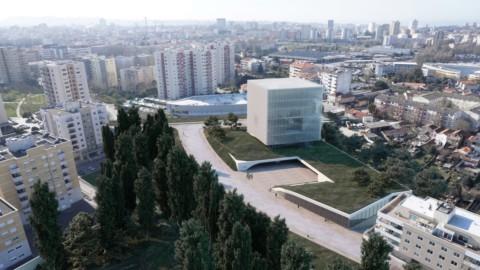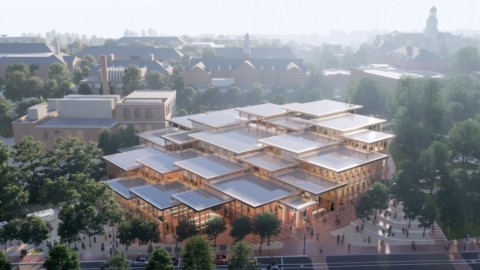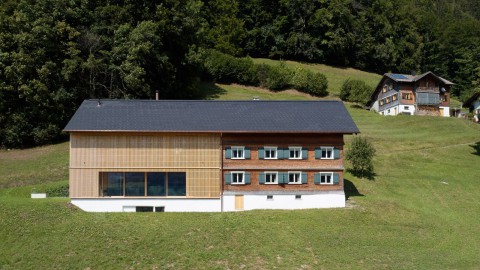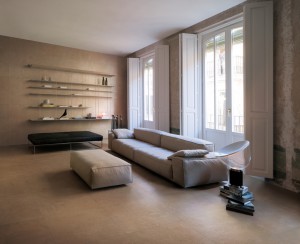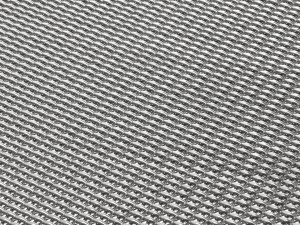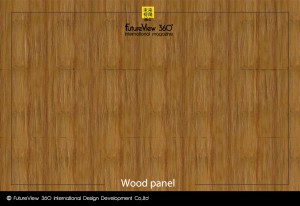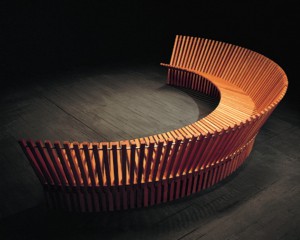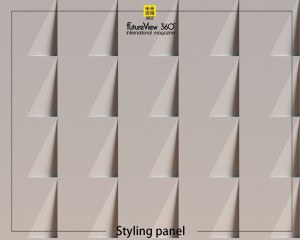Multidisciplinary studio Neri&Hu has converted an office and staff dormitory building in Shanghai into its own architecture and design offices named No 31.
Part of a former industrial complex in Shanghai’s Jing’an Temple area, the block is the latest building that Neri&Hu has converted into its own offices as the studio has expanded since it was formed in 2004.
多學科工作室Neri&Hu將位於上海的辦公室和員工宿舍樓改造成名為31號的自己的建築和設計辦公室。
該街區是上海靜安寺區前工業園區的一部分,是自2004年成立以來隨著工作室不斷擴大,Neri&Hu改建為自己辦公室的最新建築。
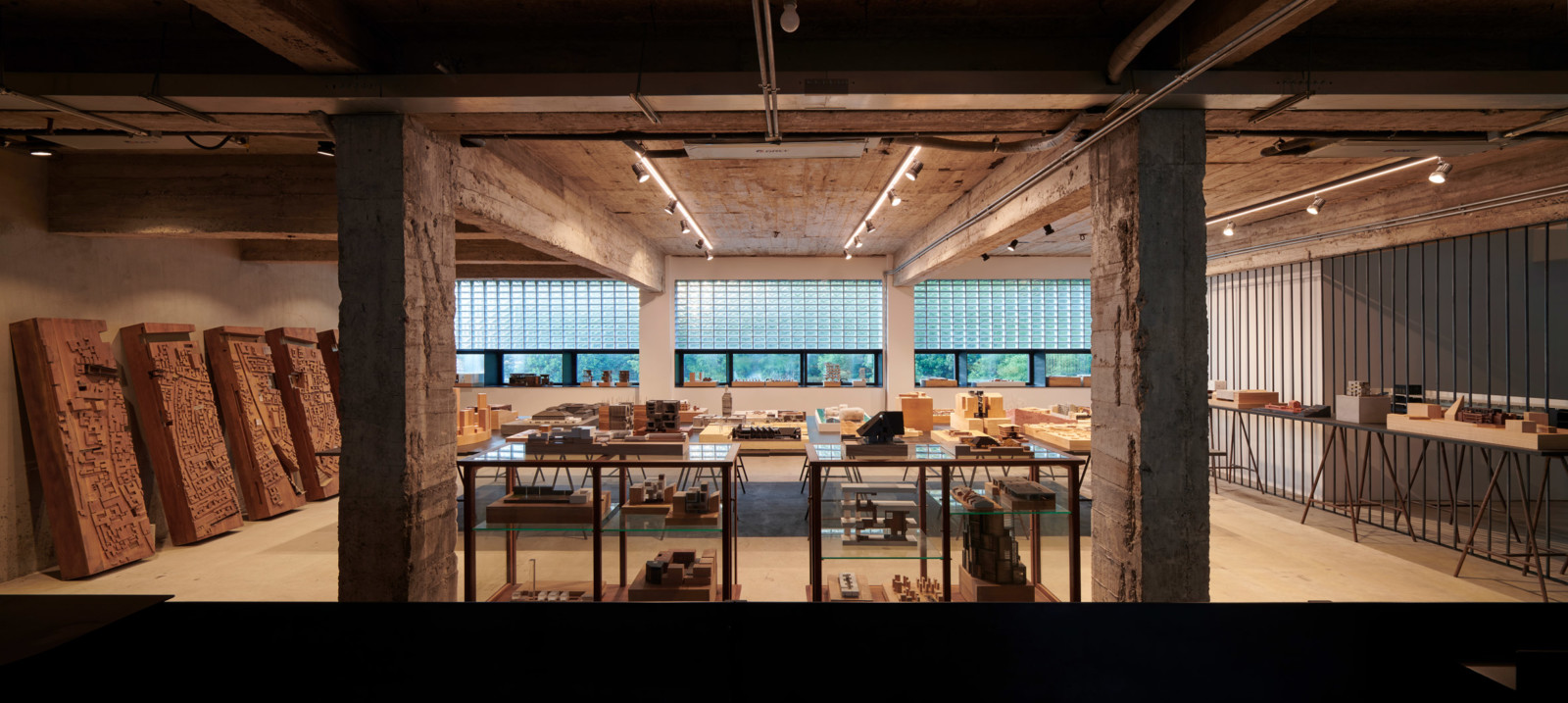
“For us, there is always some value to be found in these urban artefacts that are closely interwoven with the fabric of the city,” explained studio founders Lyndon Neri and Rossana Hu.
“Even if they seem unremarkable, they bring a sense of continuity that something created from a tabula rasa could not offer,” the pair told Dezeen.
“No. 31 is a culmination of many ‘obsessions’ we’ve been exploring in our practice since day one. The renovation strategies employed are based on the notion of ‘reflective nostalgia’, as a way to honour history and heritage without having to recreate it literally.”
製片公司創始人Lyndon Neri和Rossana Hu解釋說:“對我們而言,與城市結構緊密交織的這些城市文物總有一定價值。”
兩人告訴德澤恩說:“即使它們看起來不那麼引人注目,它們也帶來了一種連續感,這種感覺是由油氈製成的東西無法提供的。”
“第31號是自第一天以來我們在實踐中一直在探索的許多“迷戀”的集合。採用的翻新策略基於“反思懷舊”的概念,是一種紀念歷史和遺產而不必 從字面上重建它。”
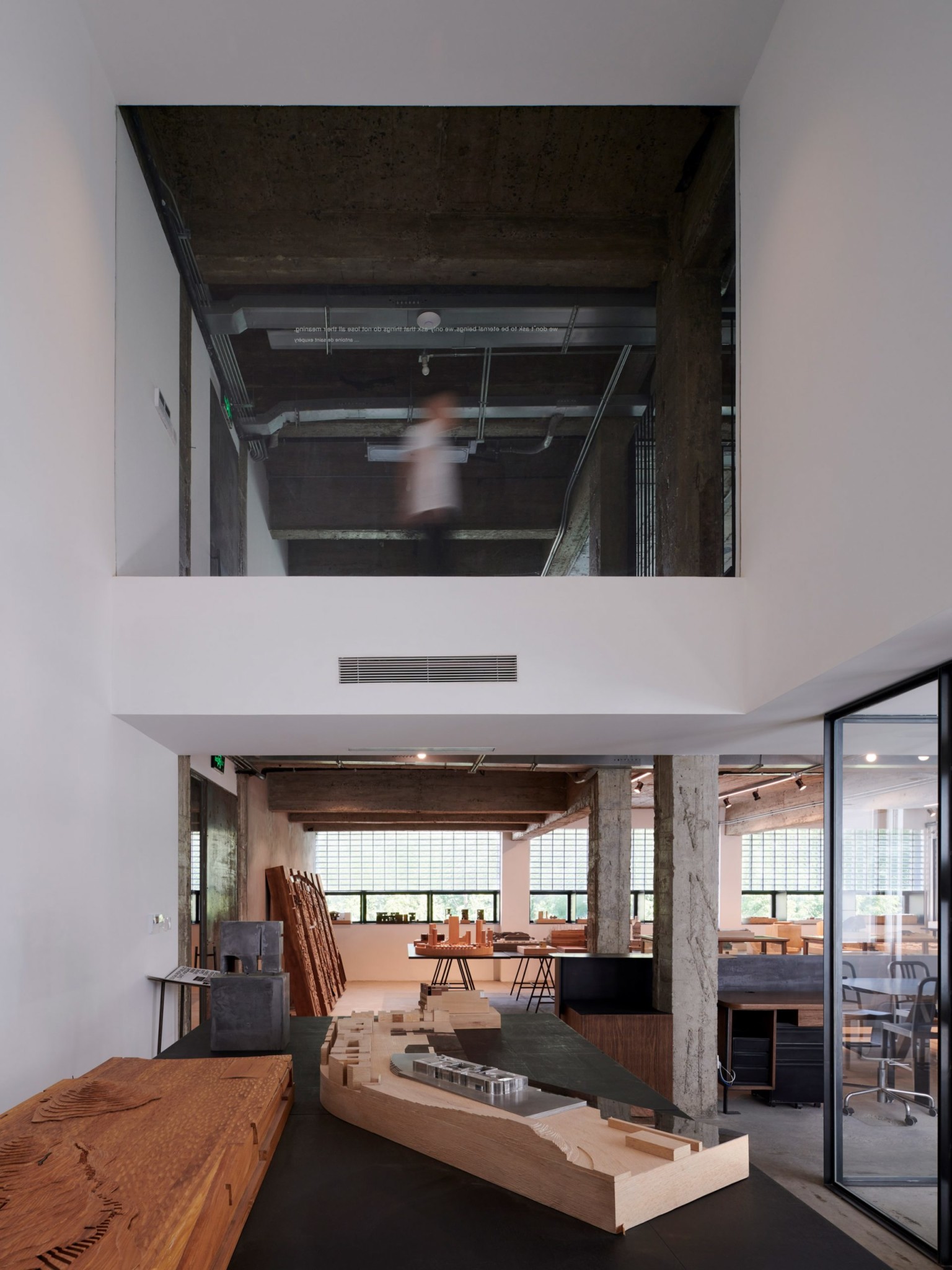
Neri&Hu aimed to make small interventions in the building to make it useable as an office space for the studio with additional spaces for the wider design community.
On the facade, the studio partially filled in the windows with glass bricks to change its proportions without having to make structural changes. The top half of the building was painted grey, while the ground floor was clad in green glazed tiles.
Neri&Hu的目標是對建築物進行少量干預,使其可用作工作室的辦公空間,並為更廣泛的設計社區提供更多空間。
在立面上,工作室將玻璃磚部分填充到窗戶中,以改變其比例,而無需進行結構更改。 建築物的上半部分漆成灰色,而底樓則覆蓋著綠色琉璃瓦。
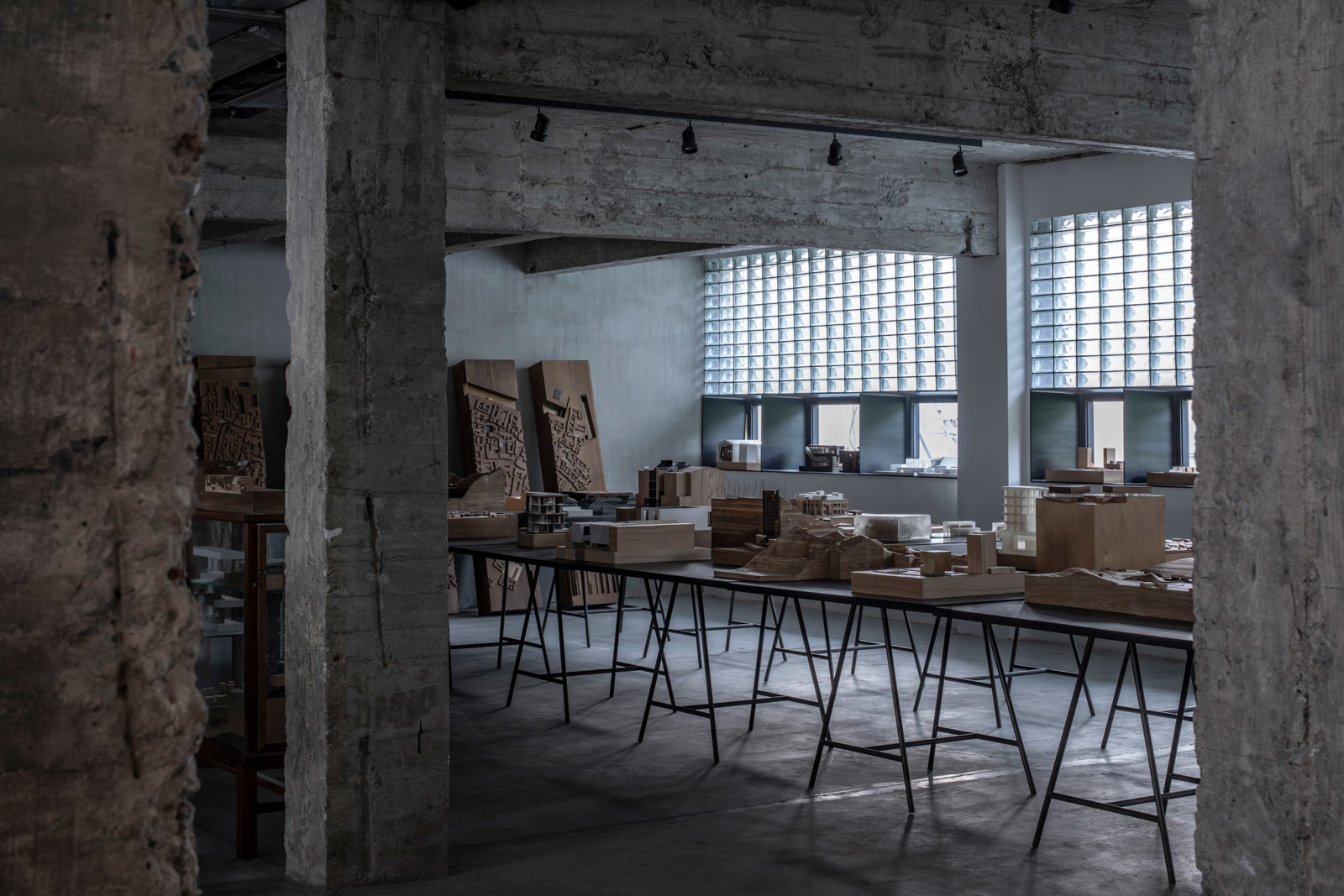
“The key to any adaptive reuse project is to first assess what is existing,” said Neri and Hu. “Like a body scan, you comb through it and identify what elements are healthy and worth preserving.”
“What are the smallest manipulations that could be made to have the biggest impact? By cutting a small opening, making a new connection, adding layers of enclosure, the spatial configurations and usage can change dramatically.”
Neri和Hu表示:“任何自適應重用項目的關鍵是首先評估現有內容。” “就像進行身體掃描一樣,您可以梳理一下並確定哪些元素是健康的並且值得保留。”
“能夠產生最大影響的最小操作是什麼?通過切開一個小開口,建立一個新的連接,添加外殼層,空間配置和使用方式可能會發生巨大變化。”
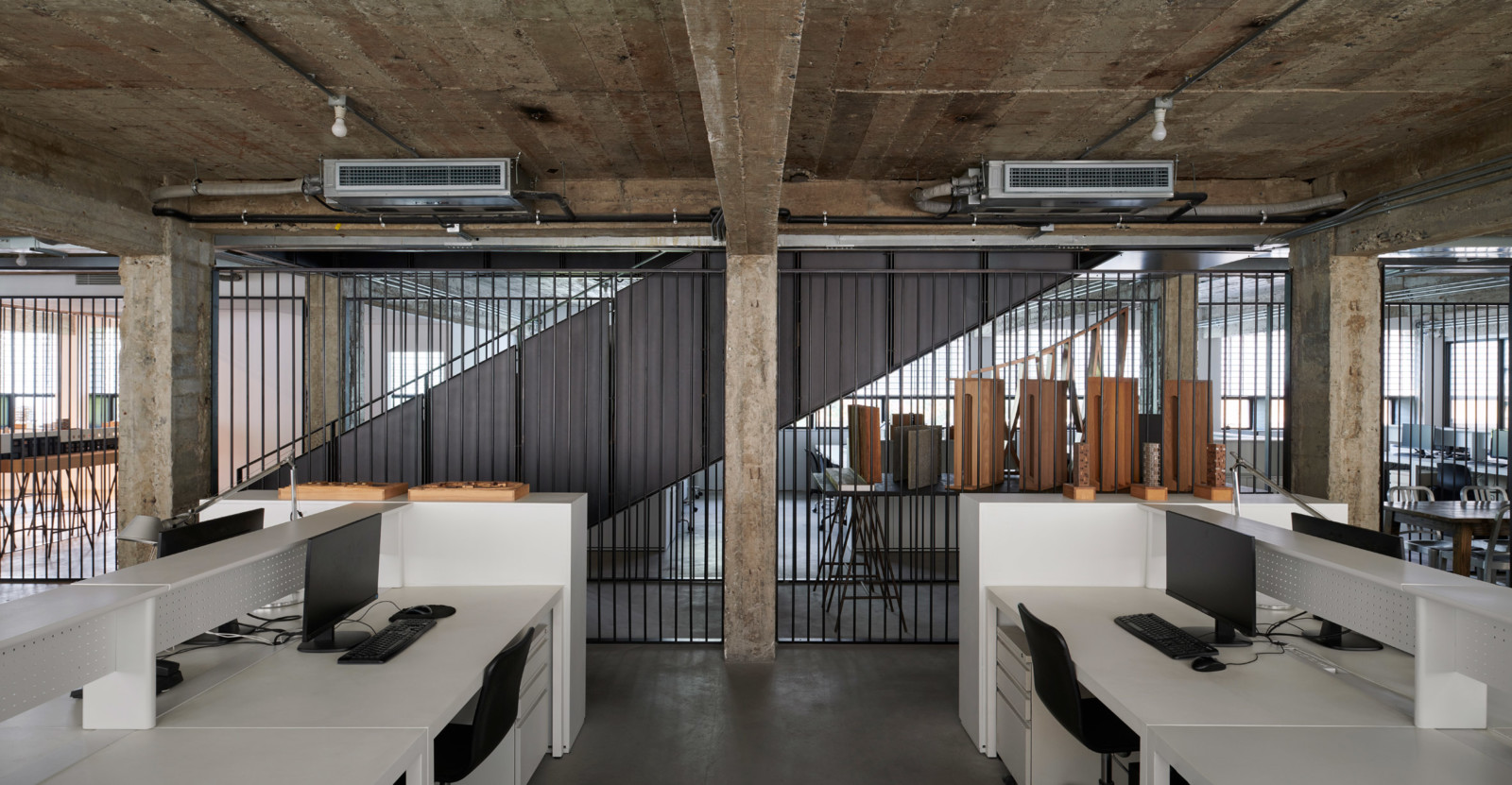
The building’s lowest two floors contain spaces used by Shanghai’s wider design community. The ground floor contains an art gallery, furniture stores for Stellar Works and Muuto and a cafe, while the second floor contains a co-working space and the offices of Design Republic – the retail store founded by Neri&Hu’s founders.
The third and fourth floor, which contain the architecture, interiors and design studios, were connected by a central staircase.
Throughout the building, the original concrete frame was left bare, with steel and ribbed glass enclosures used to divide up the floor plates and several white box volumes added to house support spaces.
該建築的最低兩層包含上海廣大設計界使用的空間。 底樓包含一間美術館,Stellar Works和Muuto的家具店以及一間咖啡館,而二樓則包含一個聯合辦公空間和Design Republic的辦公室-由Neri&Hu的創始人創立的零售店。
包含建築,室內設計工作室的三樓和四樓通過中央樓梯相連。
在整個建築物中,原始的混凝土框架都被裸露了,用鋼和羅紋玻璃罩將地板分開,並為房屋的支撐空間增加了幾個白盒子。
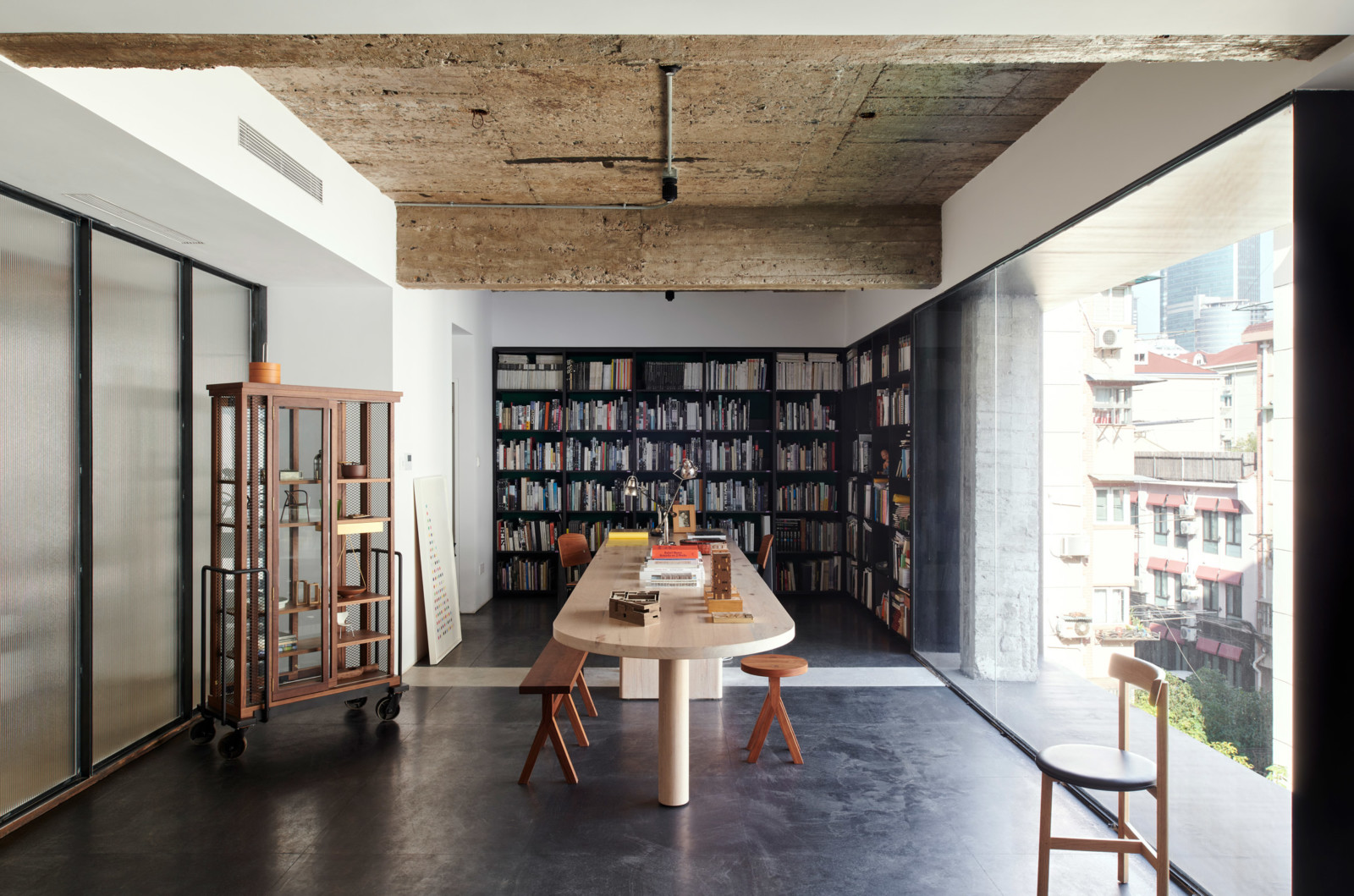
“The addition of a staircase in the centre of the space, between the third and fourth floors, unifies the two floors and reinforces the collaborative energy within the practice,” said Neri and Hu.
“We talk about the practice being interdisciplinary and it’s demonstrated clearly here through the seamless integration of architecture, interiors, furniture and graphics.”
內里和胡說:“在第三層和第四層之間的空間中心增加一個樓梯,使兩層結合起來,並增強了實踐中的協作能量。”
“我們談論的是跨學科的實踐,並且通過建築,室內裝飾,家具和圖形的無縫集成在這裡得到了清晰的證明。”
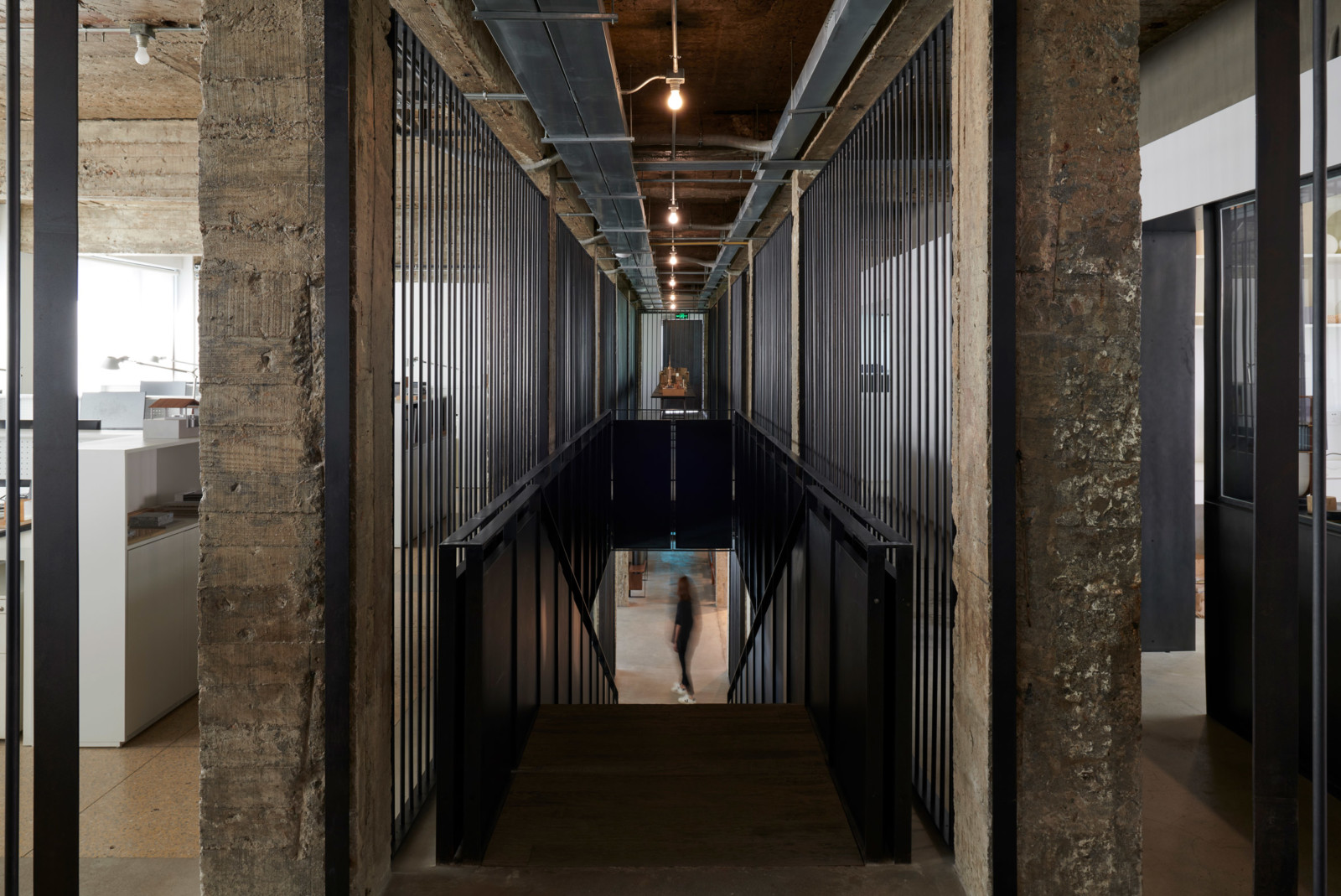
According to Neri and Hu, designing the building for the studio’s use allowed them to experiment with the architecture and continue to develop their ideas over time.
“Designing for ourselves means that the project is a perpetual work-in-progress, in the best sense,” said the pair.
“We are constantly adding and expanding – we have recently taken over the canteen in the adjoining building, we are working on the rooftop terrace, and soon hope to expand a mezzanine space on the second floor into a workshop and archival space for the practice.”
根據Neri和Hu的說法,設計供工作室使用的建築物使他們可以嘗試建築,並隨著時間的推移不斷發展自己的想法。
這對夫婦說:“從最好的意義上說,為自己設計意味著該項目是一個永久性的在製品。”
“我們正在不斷增加和擴展-我們最近接管了毗鄰建築物中的食堂,我們正在屋頂露台上工作,不久就希望將二樓的夾層空間擴展為工作室和檔案室進行練習。
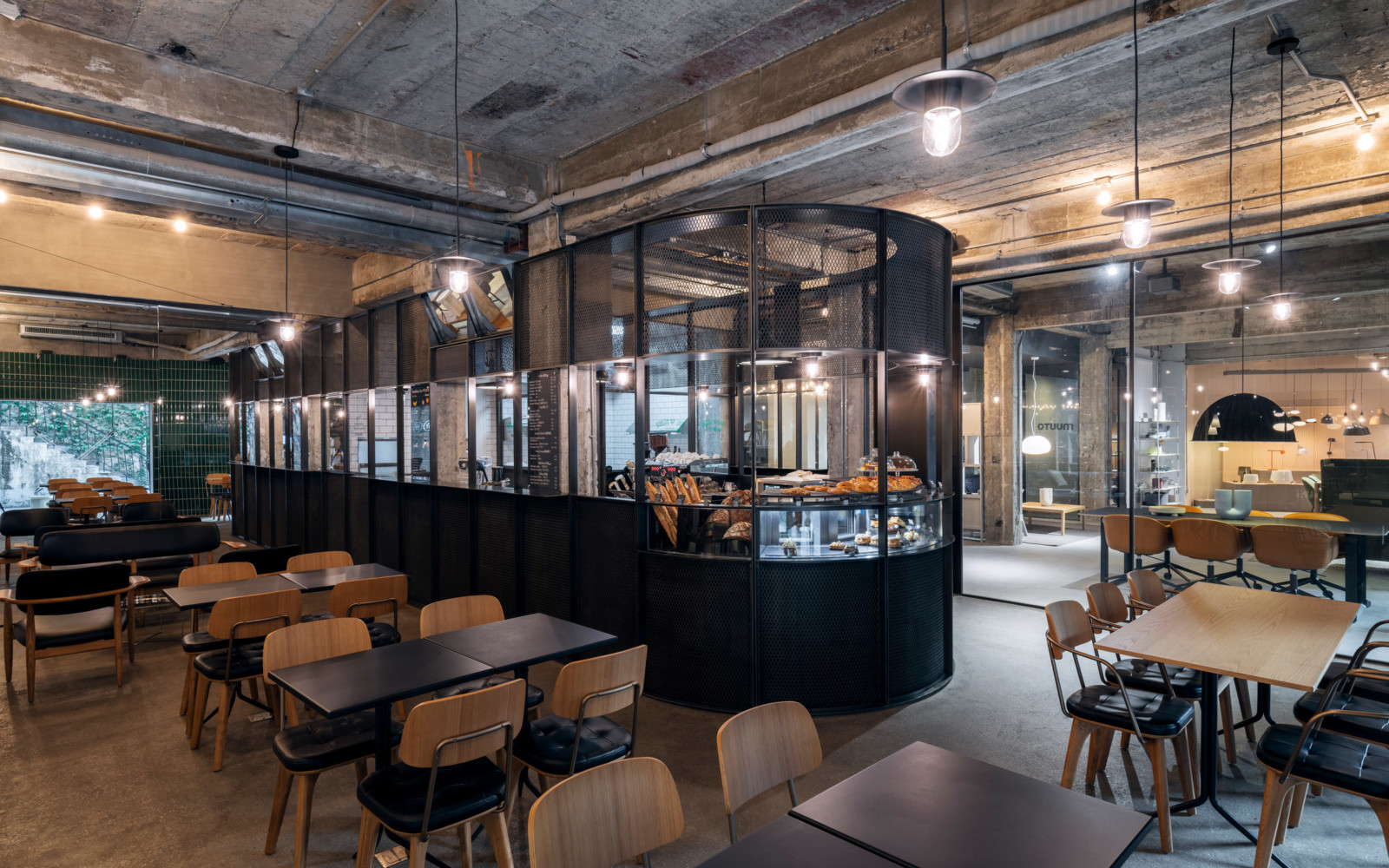
“It’s a bit of an experimental ground where we can test out concepts and push our own limits,” they continued.
“At the same time, the project is not only a consummation of everything we’ve done thus far, it’s also the start of many new beginnings for us, as we continue to grow as a practice.”
Recent projects by Neri&Hu include the Junshan Cultural Center near Beijing, Shanghai hotel with floors connected by a dramatic staircase, the Alila Bangsar hotel in Kuala Lumpur and the Aranya Art Center in Qinhuangdao.
Photography is by Hao Chen, unless stated.
他們繼續說:“這是一個試驗性的基礎,我們可以測試概念並突破自己的極限。”
“與此同時,該項目不僅是迄今為止我們所做工作的完美總結,而且隨著我們不斷發展壯大,它也是我們許多新起點的開始。”
Neri&Hu最近的項目包括北京附近的君山文化中心,通過戲劇性的樓梯相連的上海酒店,吉隆坡的Alila Bangsar酒店和秦皇島的Aranya藝術中心。
除非另有說明,否則攝影由陳浩提供。
FROM:https://www.dezeen.com/2020/12/03/neri-hu-own-architecture-studio-shanghai-no-31-jiaozhoulu/

